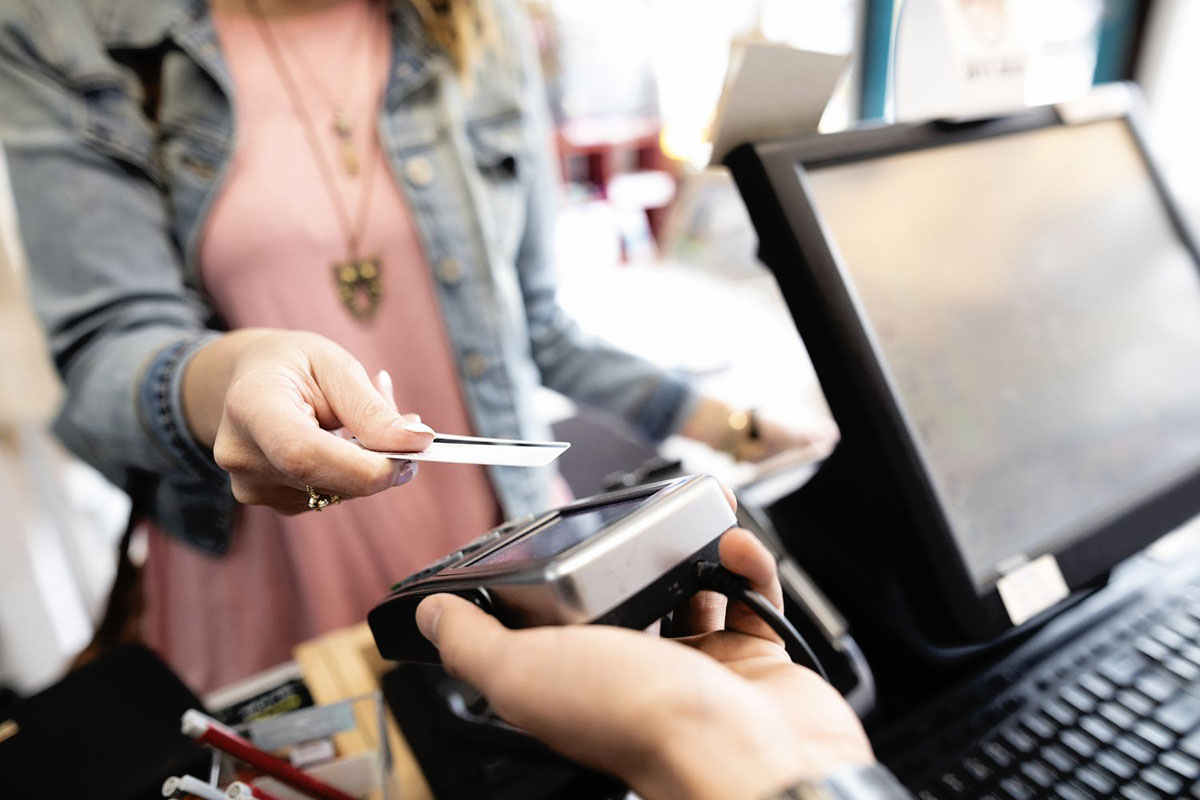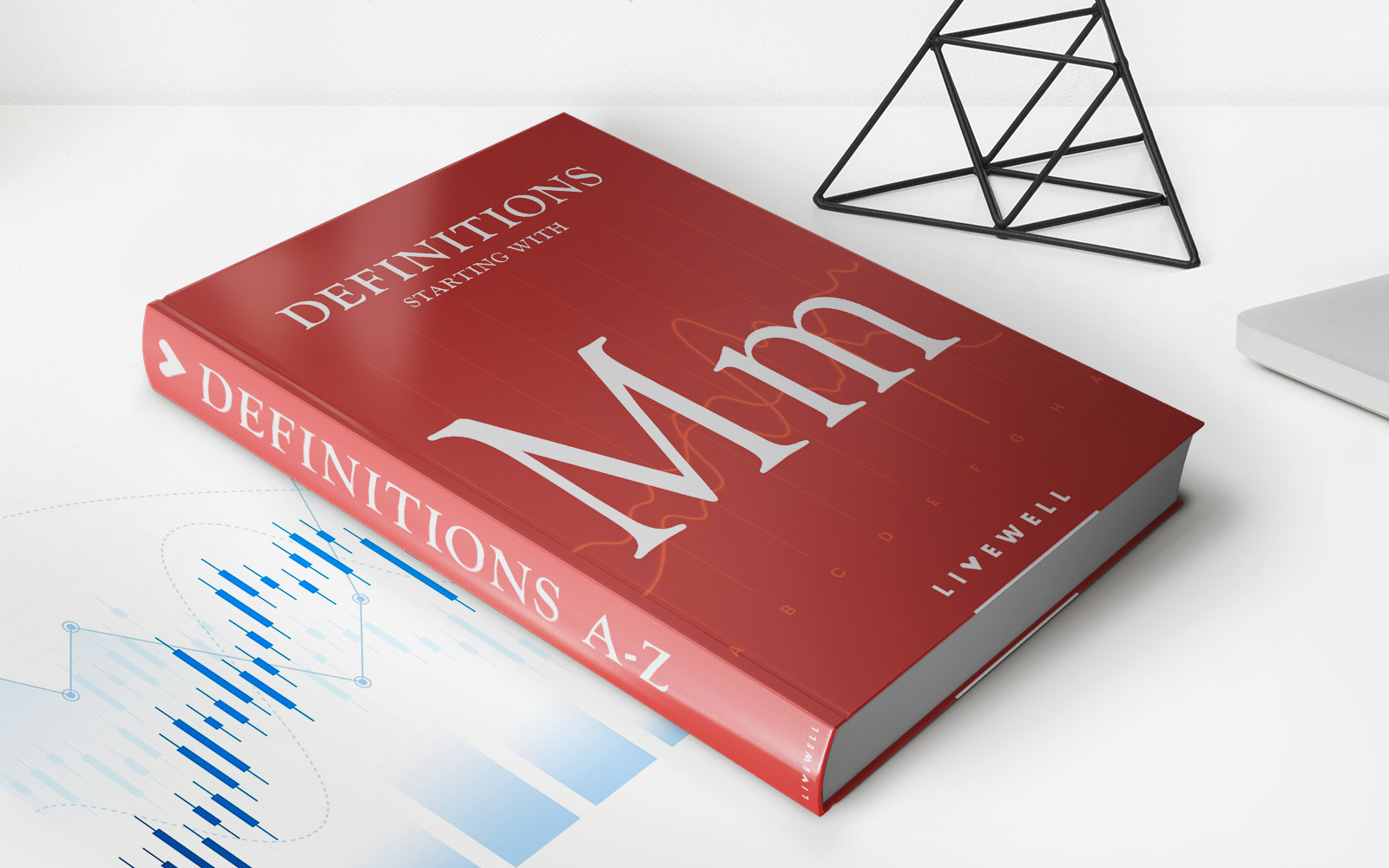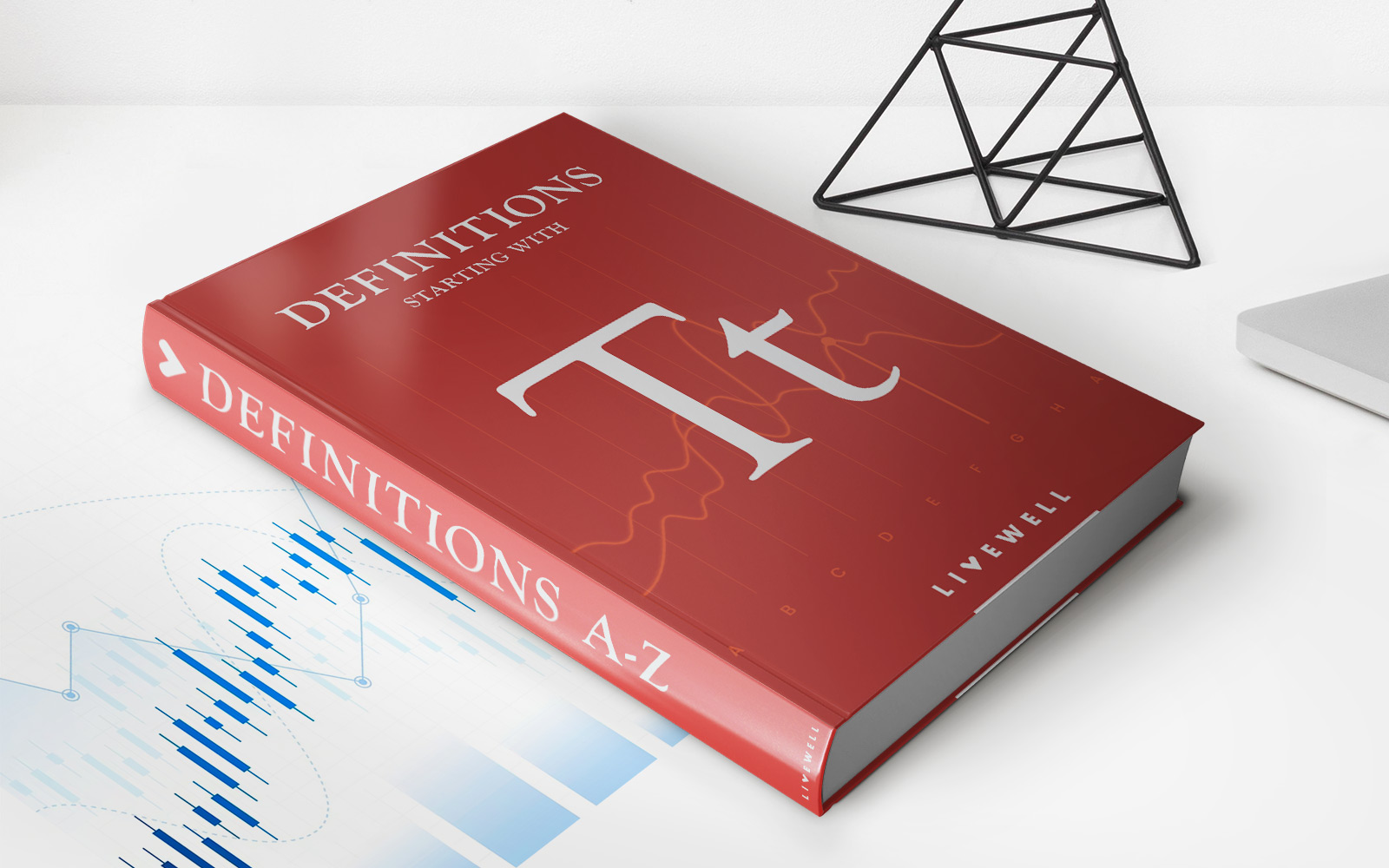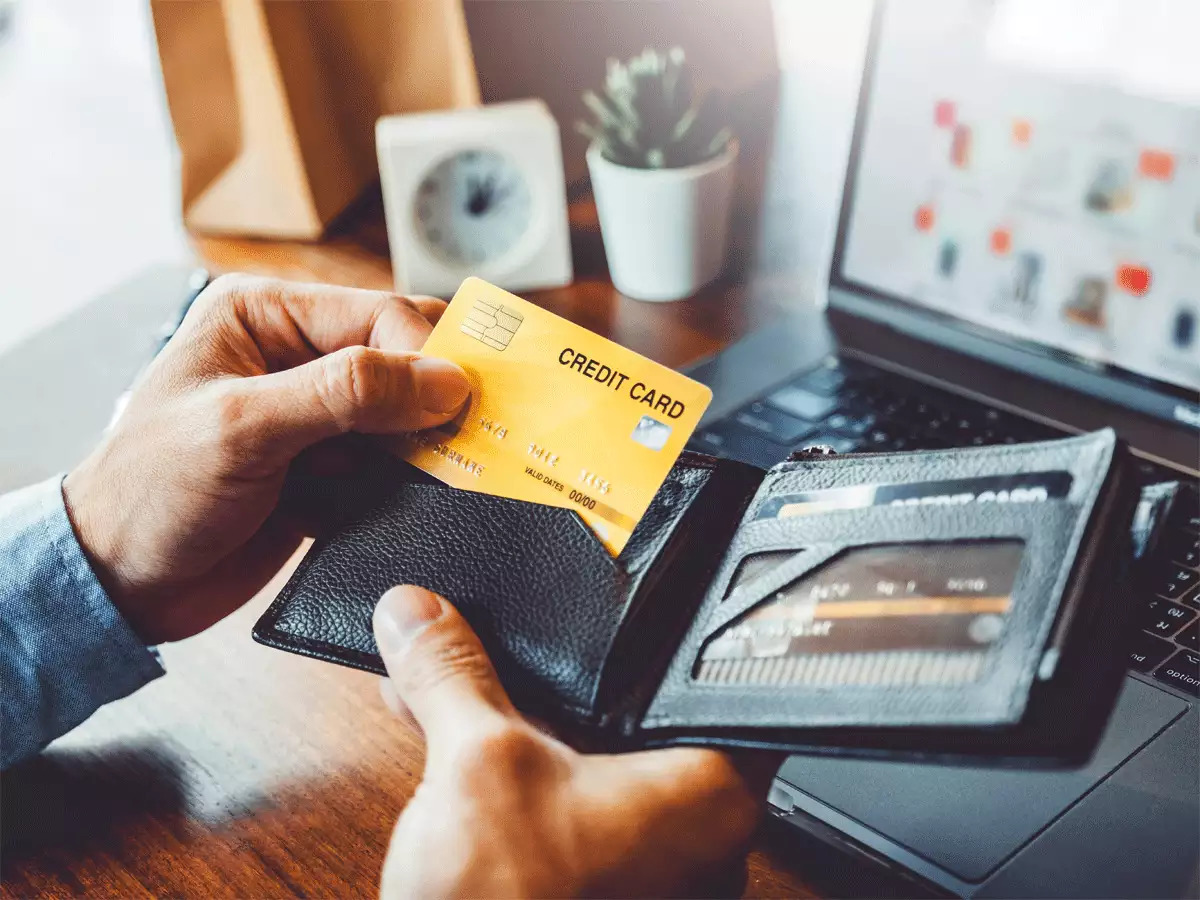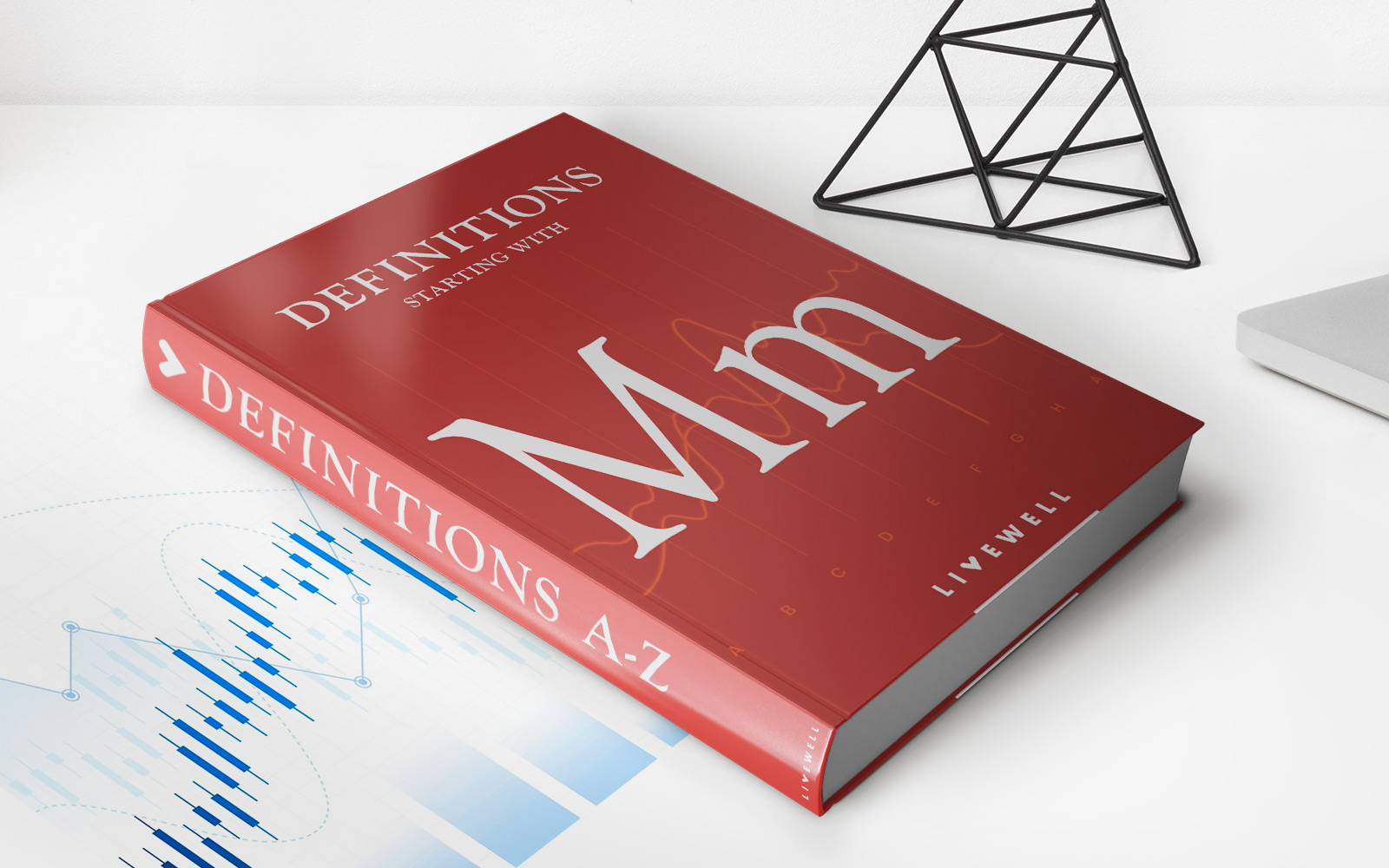

Finance
How To Protect Magnetic Strip On Credit Card
Published: October 25, 2023
Learn effective methods to protect the magnetic strip on your credit card and keep your financial information secure in the digital age.
(Many of the links in this article redirect to a specific reviewed product. Your purchase of these products through affiliate links helps to generate commission for LiveWell, at no extra cost. Learn more)
Table of Contents
- Introduction
- Understanding the Magnetic Strip on Credit Cards
- Importance of Protecting the Magnetic Strip
- Tips for Protecting the Magnetic Strip on Credit Cards
- Keep the Card Away from Magnetic Fields
- Avoid Direct Contact with Sharp Objects
- Store the Card in a Protective Sleeve or Wallet
- Do Not Bend or Fold the Card
- Be Cautious While Using the Card at ATMs and Card Readers
- Regularly Check the Condition of the Magnetic Strip
- Conclusion
Introduction
Welcome to the world of credit cards, where convenience comes at your fingertips. Credit cards have become an integral part of our lives, offering flexibility and financial freedom. One crucial component of a credit card is the magnetic strip, located on the back of the card. This magnetic strip contains important information about your card, including the account number and expiration date.
While the magnetic strip is a technological marvel, it is also delicate and susceptible to damage. Any form of damage to the strip can render your card useless, making it impossible to make transactions. Therefore, it is crucial to understand the importance of protecting the magnetic strip on your credit card to ensure its longevity and functionality.
In this article, we will explore the significance of safeguarding the magnetic strip and provide practical tips to protect it. By implementing these preventive measures, you can avoid potential headaches and financial inconveniences caused by a damaged magnetic strip on your credit card.
Understanding the Magnetic Strip on Credit Cards
Before delving into the importance of protecting the magnetic strip on your credit card, it is essential to understand how it works. The magnetic strip, also known as a magstripe, is a thin strip made of magnetic material located on the back of your credit card. It is responsible for storing your card’s vital information, including your account number, name, and expiration date.
The magnetic strip contains tiny iron-based particles that are magnetized to represent binary data. As the card is swiped through a magnetic card reader or ATM machine, the reader applies an electromagnetic field, which allows it to read the unique pattern of magnetization. This information is then used to process the card transaction and authenticate the cardholder.
While the magstripe technology has been widely used for decades, it has its drawbacks. The magnetic strip is highly sensitive to magnetic fields and physical damage. Exposure to strong magnetic fields, such as those generated by electronic devices like mobile phones, can cause data corruption or complete erasure of information on the strip.
Additionally, the magnetic strip is susceptible to scratches, bending, and even accidental exposure to liquids. Any damage to the strip can result in the card being unreadable by card-reading devices, leading to inconvenience and potential financial loss.
Now that we understand the technology behind the magnetic strip, let’s explore why it is crucial to protect it.
Importance of Protecting the Magnetic Strip
The magnetic strip on your credit card holds sensitive information that is essential for conducting transactions securely. Therefore, protecting the integrity of the strip is of utmost importance. Here are a few reasons why you should prioritize protecting the magnetic strip on your credit card:
1. Prevent Unauthorized Access: The information stored on the magnetic strip, such as your account number, can be easily accessed by unauthorized individuals if the strip is damaged or compromised. This can lead to unauthorized transactions and potential financial loss.
2. Avoid Transaction Failures: A damaged magnetic strip can prevent your card from being read by payment terminals and card readers. This can result in transaction failures, causing inconvenience and embarrassment during purchases or cash withdrawals.
3. Ensure Smooth Travel: If you frequently travel, a damaged magnetic strip can cause problems when using your credit card abroad. Payment systems in different countries may heavily rely on magnetic strip technology, and a damaged strip can make it difficult to process your transactions in foreign countries.
4. Maintain Financial Control: Protecting the magnetic strip safeguards the vital financial information associated with your credit card. By doing so, you reduce the risk of unauthorized individuals using your card details for fraudulent activities, helping maintain your financial security.
5. Enhance Card Longevity: The magnetic strip is a crucial part of your credit card, and without it, the card loses its functionality. By protecting the strip, you ensure the longevity of your card, saving you from the hassle of replacing a damaged card.
Now that we understand the significance of protecting the magnetic strip, let’s explore some practical tips to help protect it from damage.
Tips for Protecting the Magnetic Strip on Credit Cards
Now that we understand the importance of protecting the magnetic strip on our credit cards, let’s explore some practical tips to help keep it safe and functional:
- Keep the Card Away from Magnetic Fields: Magnetic fields produced by electronic devices, such as mobile phones, speakers, and magnetic closures on purses or wallets, can damage the magnetic strip. It is best to keep your credit card away from these devices to avoid any potential harm.
- Avoid Direct Contact with Sharp Objects: The magnetic strip is vulnerable to scratches and physical damage. Be cautious when handling your credit card and avoid placing it in close proximity to sharp objects like keys or coins that can scratch it.
- Store the Card in a Protective Sleeve or Wallet: Invest in a protective sleeve or wallet designed specifically for credit cards. These sleeves provide an additional layer of protection against magnetic fields and physical damage.
- Do Not Bend or Fold the Card: Bending or folding your credit card can damage the magnetic strip. Always store your card in a flat position to ensure the integrity of the strip is maintained.
- Be Cautious While Using the Card at ATMs and Card Readers: When using your credit card at ATMs or card readers, handle it with care. Insert the card smoothly into the reader without force, and avoid swiping it aggressively, as this can cause scratches or damage to the strip.
- Regularly Check the Condition of the Magnetic Strip: Take a moment to inspect the magnetic strip on your credit card regularly. Look for any signs of damage, scratches, or wear and tear. If you notice any issues, contact your card issuer to request a replacement card.
By following these simple tips, you can protect the magnetic strip on your credit card, ensuring its longevity and functionality.
Keep the Card Away from Magnetic Fields
Magnetic fields generated by electronic devices can cause damage to the magnetic strip on your credit card. Therefore, it is important to keep your card away from strong magnetic fields to ensure its functionality. Here are some practical steps you can take:
- Avoid placing your credit card near devices that generate strong magnetic fields. These can include speakers, televisions, and even the magnetic closures on purses or wallets.
- Keep your credit card away from electronic devices such as mobile phones and tablets. These devices produce magnetic fields that can interfere with the sensitive information stored on the magnetic strip.
- If you need to carry your credit card in a bag or purse, make sure to keep it separate from any electronic devices or objects that may generate magnetic fields.
- When storing your credit card at home, keep it away from speakers, refrigerators, and other appliances that may have magnetic components.
- Be cautious when using magnetic phone holders in your car. These holders, if placed directly on or near your credit card, can expose it to magnetic fields. Consider using alternative phone holders that do not rely on magnets.
By being mindful of your surroundings and minimizing your credit card’s exposure to strong magnetic fields, you can help protect the integrity of the magnetic strip and ensure smooth transactions.
Avoid Direct Contact with Sharp Objects
The magnetic strip on your credit card is susceptible to scratches and physical damage, which can render it unreadable. To prevent any harm to the strip, it is crucial to avoid direct contact with sharp objects. Here are some tips to help you protect the magnetic strip:
- When carrying your credit card in your wallet or purse, make sure it is stored in a separate compartment or slot away from sharp objects like keys, coins, or other cards with rough edges. This will help prevent accidental scratches or cuts on the magnetic strip.
- Avoid placing your credit card loose in your pocket or bag, where it can come into contact with abrasive materials or surfaces. Instead, opt for a protective sleeve or wallet specifically designed for credit cards, which provides an extra layer of cushioning and prevents direct contact with sharp objects.
- Be careful when inserting or removing your credit card from cardholders or card readers. Ensure a smooth and controlled motion to avoid any accidental scraping or bending of the magnetic strip against the edges of the card slot.
- If you notice any damage or scratches on the magnetic strip, contact your card issuer to request a replacement card. Continuing to use a credit card with a damaged strip may result in transaction failures or compromise the security of your card details.
By taking these precautions and being mindful of how you handle and store your credit card, you can help preserve the integrity of the magnetic strip and ensure its longevity.
Store the Card in a Protective Sleeve or Wallet
One effective way to protect the magnetic strip on your credit card is to store it in a protective sleeve or wallet. These specially designed accessories provide an additional layer of defense against external elements that could potentially damage the strip. Here’s why using a protective sleeve or wallet is important:
- Shielding from Magnetic Fields: Protective sleeves and wallets are often made with materials that help shield your credit card from magnetic fields. This reduces the risk of data corruption or erasure caused by exposure to strong magnetic forces generated by electronic devices.
- Prevention of Scratches and Physical Damage: These accessories provide a barrier between the magnetic strip and other objects, protecting it from scratches, cuts, and general wear and tear. The sleeve or wallet acts as a cushion, minimizing direct contact with abrasive surfaces or sharp objects.
- Organization and Ease of Use: A protective sleeve or wallet not only provides physical protection but also helps in organizing your cards. With designated slots or compartments, it becomes easier to locate and retrieve your credit card when needed, reducing the chances of mishandling or accidental damage.
- Portability and Convenience: These accessories are designed to be compact and lightweight, ensuring that you can securely carry your credit card with ease. They often have additional features such as RFID blocking properties to protect against unauthorized scanning of your card details.
- Longevity of the Magnetic Strip: By keeping your credit card in a protective sleeve or wallet, you minimize the exposure of the magnetic strip to external elements, prolonging its lifespan. This means your credit card remains functional for a longer period, reducing the need for frequent card replacements.
Investing in a good quality protective sleeve or wallet is a small but effective step in safeguarding the magnetic strip on your credit card. It provides peace of mind and ensures that your card remains in optimal condition for longer periods.
Do Not Bend or Fold the Card
One common mistake that many people make is bending or folding their credit cards. While it may seem like a harmless action, bending or folding the card can cause irreparable damage to the magnetic strip. Here’s why you should avoid bending or folding your credit card:
- Preserving the Integrity of the Magnetic Strip: The magnetic strip on your credit card is designed to be flat and smooth. Bending or folding the card can distort or crease the strip, compromising its ability to be accurately read by card readers and payment terminals.
- Preventing Data Corruption or Loss: The magnetic strip contains vital information that is required to process transactions. Any damage to the strip, such as a crease or distortion caused by bending or folding, can lead to data corruption or loss. This may result in transaction failures or the inability to access your funds when you need them.
- Avoiding Transaction Difficulties: Bending or folding your card can result in difficulties when inserting it into card readers or ATMs. A damaged card may not fit properly or be recognized by the reader, leading to frustration and inconveniences during transactions.
- Extended Card Longevity: Credit cards are designed to withstand normal wear and tear. However, excessive bending or folding can weaken the card’s structure, making it more prone to breakage or permanent damage. By treating your credit card with care and avoiding bending or folding, you can extend its lifespan and minimize the need for frequent replacements.
Remember to always keep your credit card in a flat position when storing it, such as in a protective sleeve or wallet. Avoid subjecting your card to unnecessary pressure or bending forces to protect the integrity of the magnetic strip, ensuring smooth transactions and a longer-lasting credit card.
Be Cautious While Using the Card at ATMs and Card Readers
Using your credit card at ATMs and card readers is a common occurrence, but it’s important to exercise caution to protect the magnetic strip on your card. Here are some tips to keep in mind:
- Handle the Card with Care: When inserting your card into an ATM or card reader, handle it gently and avoid forcing it into the slot. Rough handling can cause scratches, bending, or damage to the magnetic strip.
- Ensure a Clean Card and Reader: Before inserting your card, check both the card and the reader for any dirt, debris, or foreign objects. Clean the card if necessary, and make sure the card reader is free from any obstructions that could potentially damage the magnetic strip.
- Protect Your PIN: When entering your PIN, always use your hand or body to shield the keypad from prying eyes or cameras. This ensures that your PIN remains confidential and prevents potential fraud attempts.
- Remove the Card Promptly: After completing a transaction, remove your card promptly from the ATM or card reader. Leaving the card inside the machine for an extended period can increase the risk of damage or loss due to theft or accidental retention.
- Choose Reputable ATMs and Card Readers: Whenever possible, opt for ATMs and card readers from reliable and trusted sources. Skimming devices or compromised machines could potentially damage the magnetic strip or compromise your card’s security.
By being cautious and mindful of how you handle your credit card during ATM and card reader transactions, you can minimize the risk of damage to the magnetic strip and enhance the overall security of your card.
Regularly Check the Condition of the Magnetic Strip
Regularly inspecting the condition of the magnetic strip on your credit card is a proactive step in ensuring its longevity and functionality. By identifying any signs of damage or wear early on, you can take appropriate measures to protect the strip and prevent further issues. Here’s why regularly checking the condition of the magnetic strip is important:
- Identify Signs of Damage: By examining the magnetic strip, you can spot any visible scratches, discoloration, or signs of wear. These could be indicators of potential issues with the strip’s functionality. Prompt identification allows you to address the problem before it worsens.
- Prevent Transaction Failures: A damaged magnetic strip may cause transaction failures, where your card is unable to be read by card readers or payment terminals. Regularly checking the strip ensures that it is in optimal condition, minimizing the risk of transaction difficulties.
- Take Prompt Action: If you notice any damage or abnormality on the magnetic strip, contact your card issuer. They can provide guidance on the next steps, such as replacing the card or taking additional security measures to protect your account information.
- Minimize Security Risks: A compromised magnetic strip can potentially expose your sensitive card information to unauthorized individuals. Regularly checking the strip allows you to identify potential security risks early on and take appropriate actions to mitigate them.
- Plan for Replacement: Regularly assessing the condition of the magnetic strip helps you plan for the replacement of your credit card in a timely manner. By being proactive, you can avoid unexpected inconveniences caused by a non-functioning card.
Make it a habit to inspect the condition of the magnetic strip on your credit card at regular intervals. By doing so, you can ensure its integrity, minimize the risk of transaction failures, and maintain the security of your card information.
Conclusion
Protecting the magnetic strip on your credit card is crucial for ensuring its longevity and functionality. By implementing a few simple tips and practices, you can safeguard the strip and avoid potential inconveniences caused by a damaged or compromised card.
Avoiding exposure to magnetic fields, keeping the card away from sharp objects, storing it in a protective sleeve or wallet, and refraining from bending or folding the card are all preventive measures that can go a long way in maintaining the integrity of the magnetic strip.
Being cautious while using the card at ATMs and card readers, regularly checking the condition of the strip, and promptly addressing any signs of damage or wear are essential steps for protecting the strip and maintaining the security of your credit card information.
Remember, your credit card is not just a piece of plastic; it is a valuable financial tool. By treating it with care and taking precautions to protect the magnetic strip, you can ensure smooth transactions, maintain financial security, and prolong the lifespan of your credit card.
So, the next time you reach for your credit card, be mindful of how you handle and store it. By doing so, you can enjoy the convenience and benefits of your credit card while protecting the vital magnetic strip that powers it.






